On Building Educational Trajectories in the Context of Creative Development through Various Pictorial Representations of Still-Life Setting
Author(s)
Uvarova Svetlana Nikolaevna, Senior Lecturer, Department of Fine Arts and Methodology, ORCID https://orcid.org/ 00000003-2697-6557, Pedagogical Institute, Irkutsk State University
1 Karl Marx St, Irkutsk, Russia, 664003, tel.: +7(3952)201892, e-mail: This email address is being protected from spambots. You need JavaScript enabled to view it.
Taranenko Alexander Nikolaevich, Associate Professor, Department of Theory and History of Culture, Arts and Design, ORCID https://orcid.org/0000-00017825-5933, Zabaikalsky State University
125 Babushkin St, Chita, 672000, Russia, tel.: +7(3022)321800, e-mail: mr.taranenko2011@yandex. ru
Abstract. The research aims to reveal the possibilities of building and developing educational trajectories for artistic individuals when teaching still-life painting in the context of different artistic interpretations while switching from educational tasks to creative ones based on the relationship between the artistic theory and practice.
Materials and methods. This paper is concerned with some generally accepted principles for setting up a still life, traditional and non-traditional fundamentals of teaching still life painting from the viewpoint conducive to the potential development of artistic techniques. The focus is also on some theoretical, methodological, and art history materials that contribute to the systematization of artistic forms and their variation.
The results of the study. Some ways of building educational trajectories (for the transition to creative ones) have been developed through a combination of several factors. These are the use of the possibilities provided by the diversity of artistic forms, their interpretations when creating training settings based on the theory, methodology, and art history with the appropriate systematization of relevant illustrative material, and the artistic qualities of the settings aimed at accomplishing practical tasks related to the structuring of compositions.
Conclusion. The relationship between the knowledge in the field of art history, the modern theoretical and methodological framework, and the corresponding understanding of traditional and non-traditional artistic practices available to teach still-life painting provides good opportunities for building educational (in the future, creative) trajectories.
Keywords: educational trajectory, artistic development path, still-life plastic organization, nuances and contrasts, rhythmic structure of elements, subject image interpretation, image structure, composition structure, compositional and visual structure, transformation of objects and composition.
For citation: Uvarova S. N., Taranenko A. N. On Building Educational Trajectories in the Context of Creative Development through Various Pictorial Representations of Still-Life Setting. Pedagogicheskiy IMIDZH = Pedagogical IMAGE. 2020; 14(2): 304-320
UDС: 378.147+37.036.5
DOI: 10.32343/2409-5052-2020-14-2-304-320






